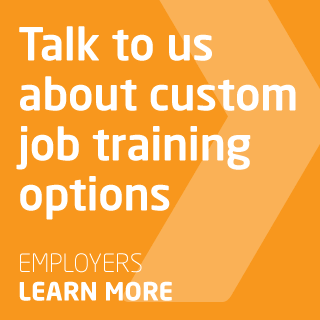Employee feedback and reviews are invaluable assets for any successful business. They serve as powerful tools that can drive growth, productivity, and employee satisfaction. Regularly seeking feedback from employees fosters a culture of open communication, making them feel heard and valued.
Feedback provides valuable insights into the company's strengths and areas needing improvement, helping leaders make informed decisions and address concerns promptly. Constructive reviews also aid in identifying and nurturing talent within the organization, encouraging professional growth and development.
Moreover, feedback from employees can lead to enhanced teamwork, increased motivation, and a stronger sense of camaraderie within the workforce. Embracing employee feedback and conducting regular reviews demonstrate a commitment to creating a positive work environment, leading to higher retention rates and a more engaged, productive team.
Implementing an employee feedback program doesn't have to be complicated. Here's a step-by-step guide to easily set up an effective employee feedback program:
- Set Clear Objectives: Define the goals of the feedback program. Determine what you want to achieve through employee feedback, whether it's improving employee satisfaction, identifying areas for growth, or enhancing company culture.
- Select Feedback Methods: Choose the feedback methods that align with your objectives and company culture. Options include anonymous surveys, one-on-one meetings, suggestion boxes, or digital feedback platforms.
- Create Anonymous Channels: To encourage honest feedback, provide employees with the option to share their thoughts anonymously. This way, they can freely express concerns without fear of repercussions.
- Schedule Regular Feedback Sessions: Establish a consistent schedule for feedback collection, whether it's monthly, quarterly, or annually. Consistency helps build trust and ensures that issues are addressed promptly.
- Use a Mix of Qualitative and Quantitative Questions: Combine closed-ended questions (rating scales) with open-ended questions to gather both quantitative data and qualitative insights.
- Keep Surveys Short and Simple: Respect your employees' time by keeping surveys concise and easy to complete. Focus on essential topics and avoid overwhelming them with lengthy questionnaires.
- Act on Feedback: The most crucial step is to take action based on the feedback received. Share the results with employees and outline the steps the company will take to address concerns and make improvements.
- Encourage Two-Way Communication: Feedback should be a dialogue, not just a one-sided process. Encourage managers to engage in discussions with employees, listen actively, and ask follow-up questions.
- Recognize and Appreciate Feedback: Show appreciation for employees who provide feedback, whether it's positive or constructive. Acknowledge their input and thank them for their contributions.
- Monitor Progress: Regularly assess the impact of the feedback program. Measure changes in employee satisfaction, productivity, and retention to gauge the program's effectiveness.
- Iterate and Improve: Continuously refine the feedback program based on employee suggestions and changing needs. Seek feedback on the feedback process itself to ensure it remains relevant and effective.
By following these steps and demonstrating a genuine commitment to listening and acting on employee feedback, businesses can easily implement a feedback program that fosters a culture of open communication, trust, and continuous improvement.













